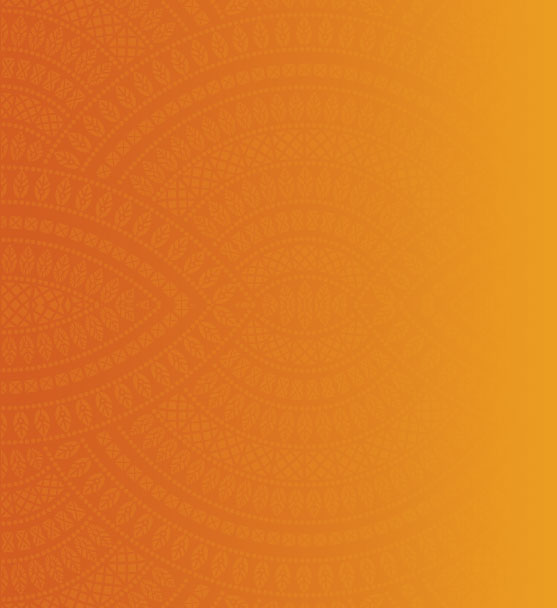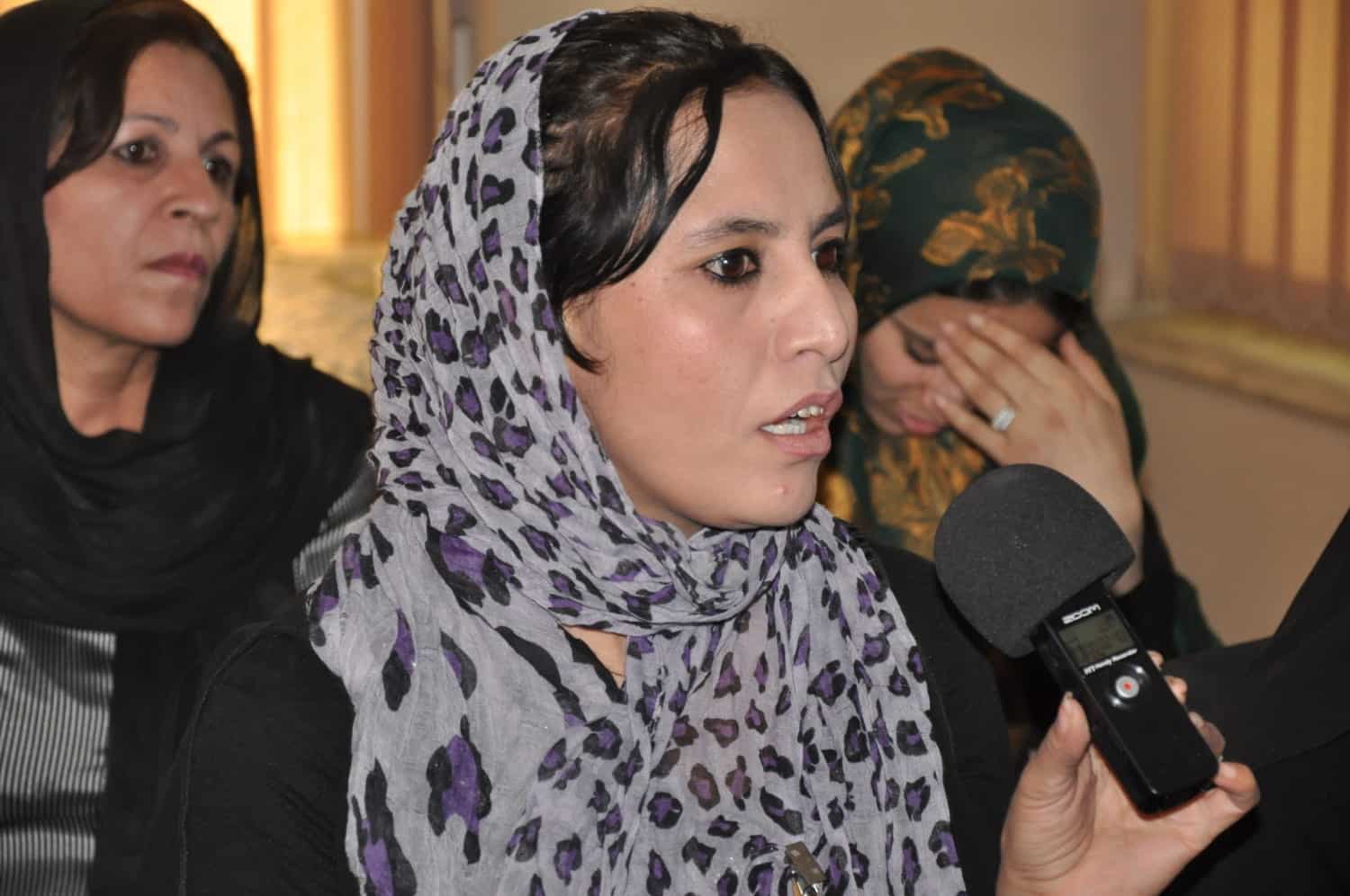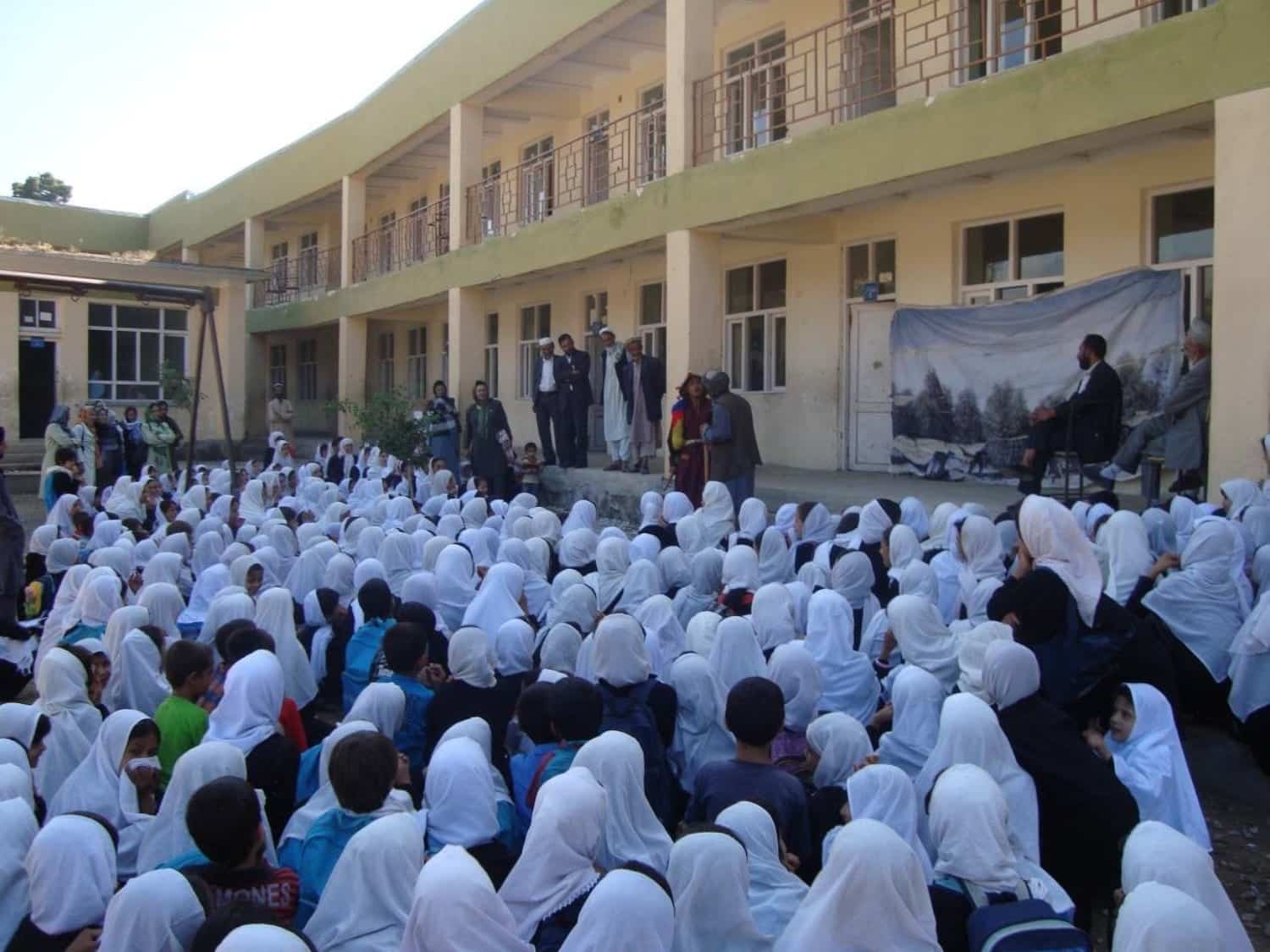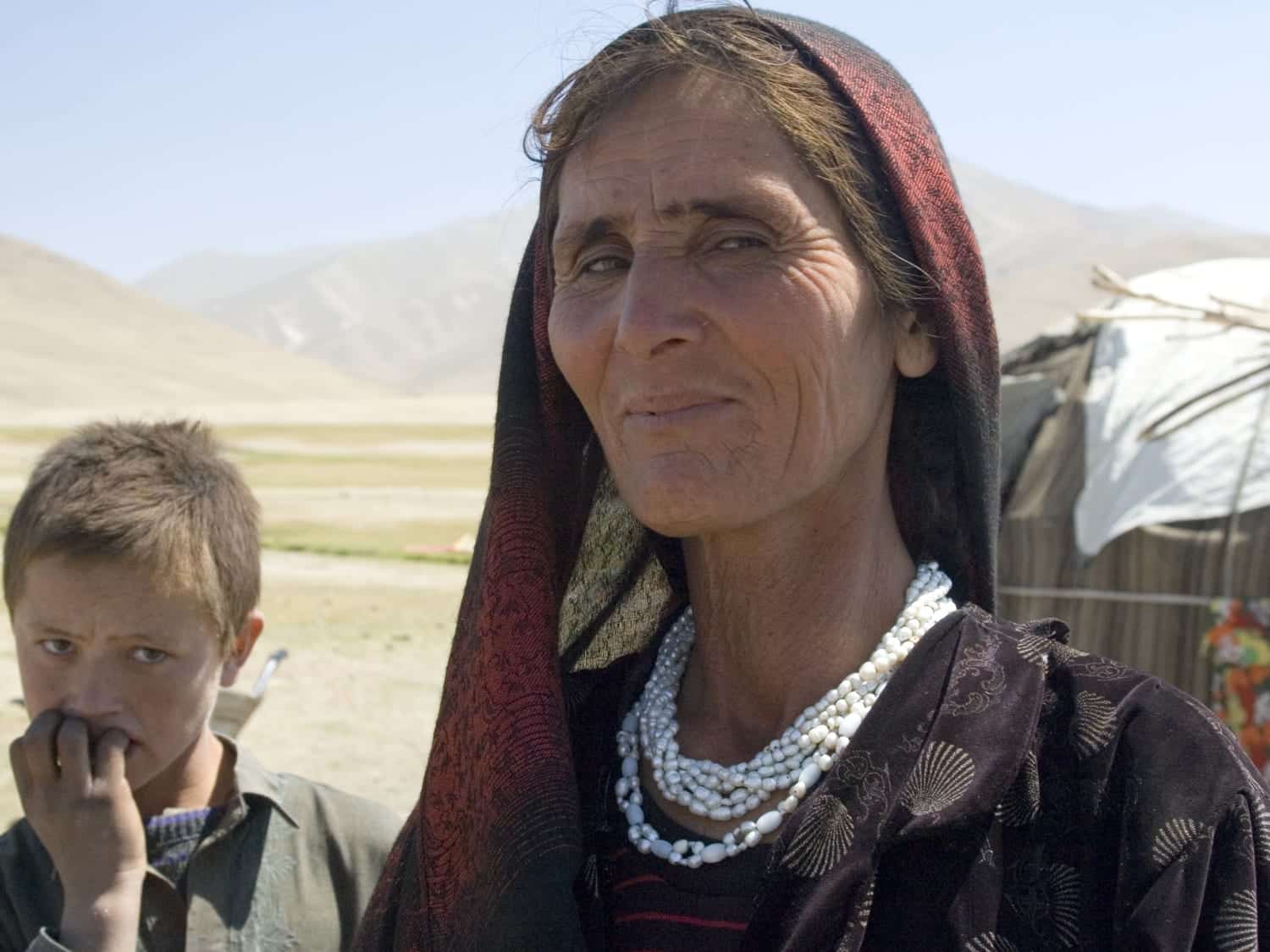

No one but us: women are the key to voter turnout
“Before, in the last election, I did not have information, and I asked my father which person to vote for, but now I know we must have more information and we must select our candidate ourselves.”
A Project of —
Afghanistan Women and Youth VOTES

In a nation with extremely low voter turnout, educating and engaging citizens on the importance of elections is of utmost importance to ensure everyone has a voice. In Afghanistan, as of 2007, only 38.7% (UNAMA) of the four million registered (Canadian Embassy) actually voted in a country of 25 million. Through EAI’s 2010 Women and Youth VOTES program, we found that a large number of participant non-voters were women, suggesting that registering and empowering women to vote could go a long way in building a more just Afghanistan.
In listening groups facilitated by EAI, we discovered that all of the individuals who didn’t vote in the 2009 presidential election were female. The main reason they gave was that they had not been registered at the time, with the second most common reason being that their families would not allow it. In the baseline study, it was again only women who said they did not vote in 2009, with the main reason being that their families stopped them from voting.
At the beginning of the listening group, nine percent of participants didn’t know whether women had the right to vote or not. Yet by the end of the groups, there was an increased understanding among members that they are in control of how they vote. In the baseline study, 66% of respondents said they felt male family members had the right to tell them how to vote. This decreased to only 16% in the final evaluation, with 62% saying no one had the right to decide their vote.
EAI also held theater performances, titled “Our Vote – Our Trust,” to inspire non-voters to participate. Theater has the unique ability to reach illiterate audiences, including housewives who lack education. Theater staff reported that the audience for each performance was generally two-thirds to three-fourths female.


One interesting aspect of the listening groups is that by the end, the gender divide seemed to have closed. While in the baseline study there appeared to be much less information – and less accurate information – among female respondents, this was no longer evident in the final evaluation. Many said that they had learned that all Afghans have the right to vote, including women.
Naserin, 43, from the Samangan Province said “I participated in the election, and I had complete information because Equal Access provided a very useful program. Before, in the last election, I did not have information, and I asked my father which person to vote for, but now I know we must have more information and we must select our candidate ourselves.”
Maryam from Baghlan Province, age 54, told EAI “Now I know what an election is. Now I know we must cast our vote because it is our right, and it’s my responsibility to my nation.”
Both the listening group members and group facilitators reported an increase in the number of the members who registered to vote. Group members enjoyed the experience so much, they also indicated that they would like to see such programming continue, but with new topics, such as women in Islam and early marriage.
Twenty-one-year-old Sadaf from Takhar said…
We learned many things from this program, things which before we didn’t have any information about. I think the program had a very good effect on our lives, and we are thankful to Equal Access for helping our people.”